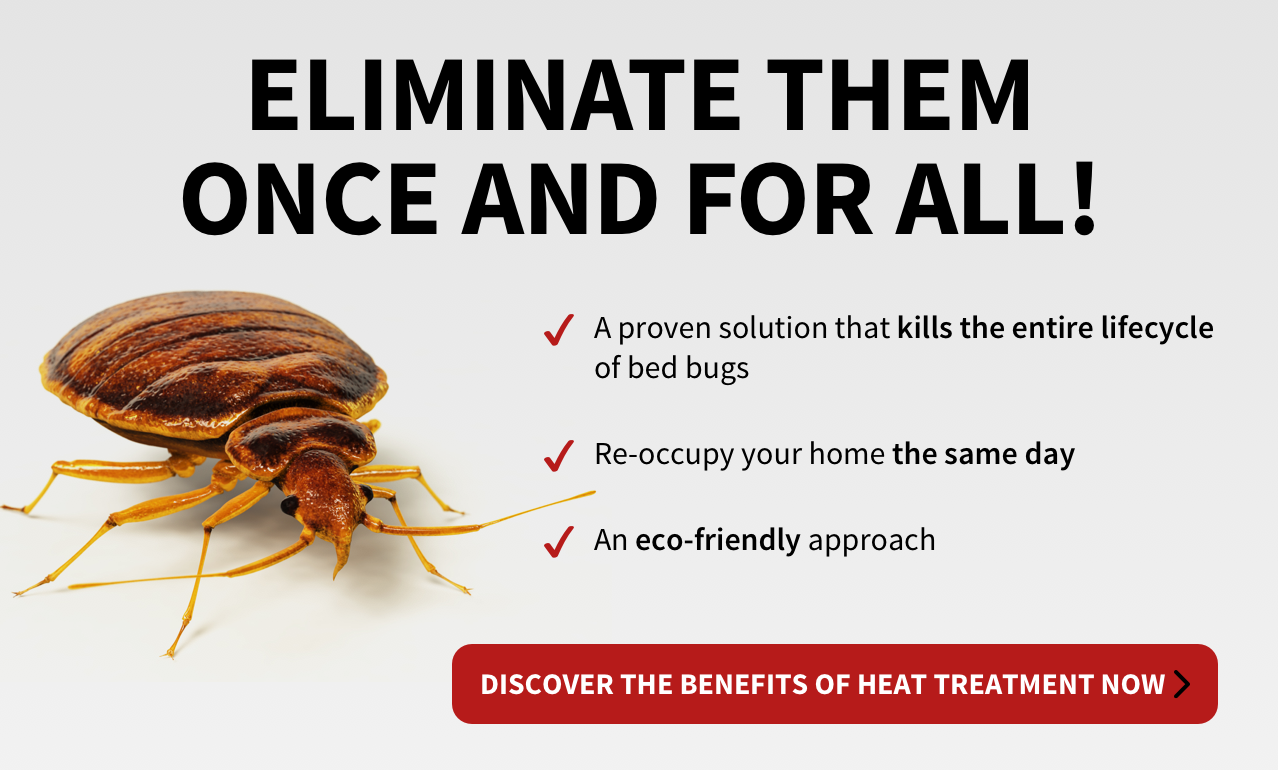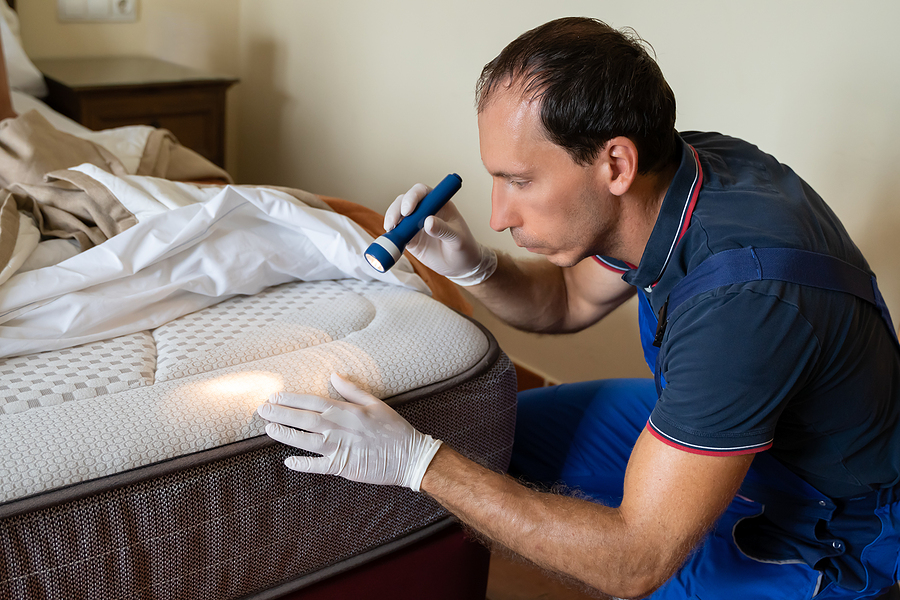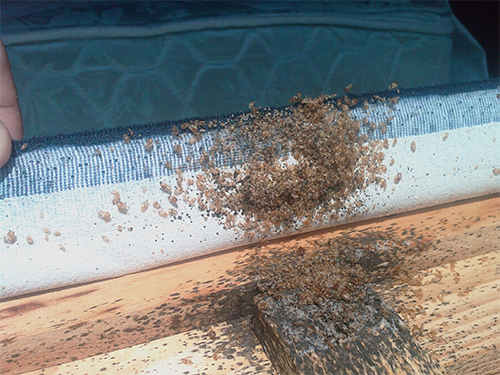A1 Bed Bug Exterminator Houston: Quick Removal Solutions
Wiki Article
Comprehending the Lifecycle of Pests for Targeted Control Techniques
Comprehending the lifecycle of insects is an essential aspect of effective pest management strategies. By comprehending the various stages of development that parasites undertake, an extra targeted and specific technique can be adopted to control their populations. This expertise not just clarifies the susceptabilities within the bug lifecycle however likewise leads the means for carrying out calculated steps that can disrupt their development and reproduction cycles. Through a much deeper understanding of just how parasites thrive and advance, customized control techniques can be designed to resolve certain points in their lifecycle, eventually resulting in even more successful pest monitoring results.Significance of Recognizing Pest Lifecycle
Comprehending the lifecycle of pests is vital for establishing reliable and targeted control techniques in parasite management. By understanding the numerous stages a bug experiences from egg to adult, bug control specialists can identify prone factors in the lifecycle where treatment can be most successful. Knowing when larvae are most active can assist establish the optimal timing for applying larvicides. Furthermore, recognizing the lifespan of an insect types can assist in forecasting populace growth patterns and prospective problem threats.Additionally, recognizing the particular ecological problems needed for each and every phase of the bug's lifecycle can assist decisions on habitat modification or exclusion methods to disrupt the lifecycle and lower bug populaces. This understanding makes it possible for pest management professionals to implement aggressive procedures rather than relying only on responsive treatments, bring about even more lasting and lasting insect control solutions. Inevitably, a thorough understanding of parasite lifecycles encourages pest control professionals to customize their approaches properly, lessening environmental effects and optimizing control end results.
Secret Phases in Bug Growth
To effectively implement targeted control techniques in parasite monitoring, an essential element lies in comprehensively determining and comprehending the crucial phases in bug growth. Insect development typically is composed of a number of crucial phases that are vital for their lifecycle and monitoring.

Susceptabilities in Insect Lifecycle
Throughout the various stages of a pest's lifecycle, unique susceptabilities emerge that can be strategically targeted for reliable control steps. One essential vulnerability depends on the egg stage, where bugs are frequently extra vulnerable to particular insecticides or organic control agents due to their soft external covering, making them simpler targets for treatment. Additionally, the larval or nymph phase offers vulnerabilities as parasites go through quick growth and advancement, calling for high power consumption that can be made use of by interrupting their food sources or introducing development inhibitors. Pupal phases, identified by immobility and change, supply a home window for targeted control through physical barriers or specific treatments that impede effective development. Grown-up insects, while more durable due to their reproductive capacity, can still be susceptible throughout breeding or egg-laying tasks, which can be disrupted with scent see traps or sterilization strategies. Recognizing these susceptabilities in the pest lifecycle is crucial for establishing reliable and precise control strategies that efficiently handle bug populaces while lessening ecological influence.Carrying Out Targeted Control Measures

Implementing targeted control measures normally includes a multi-faceted approach. This might consist of environment modification to make the environment much less hospitable to insects, such as eliminating standing water for mosquito control or securing entry points for rodents. Additionally, biological control methods can be made use of, where natural killers or virus are introduced to maintain parasite populaces in check.
Chemical control, such as the cautious application of chemicals, is another typical approach. It is important to utilize these materials judiciously to minimize ecological influence and potential harm to non-target types - A1 Bed Bug treatment houston. Integrated Parasite Management (IPM) techniques that integrate different control actions in a worked with and lasting manner are frequently one of the most effective in achieving long-term insect administration objectives. By carrying out targeted control procedures based upon a comprehensive understanding of pest lifecycles, insect populations can be successfully managed while lessening dangers to human health and wellness and the atmosphere.
Enhanced Bug Management Practices

Moreover, the consolidation of organic control representatives, such as natural killers or pathogens of bugs, can aid reduce reliance on chemical pesticides and advertise a more balanced ecological community. Executing physical barriers and catches can additionally become part of improved parasite management practices, offering safe and targeted solutions for insect control. Furthermore, using scents and other semiochemicals can disrupt pest mating patterns and interaction, bring about reduced pest populations in time.
Final Thought
By identifying key phases in bug advancement and vulnerabilities in their lifecycle, targeted control procedures can be implemented to decrease parasite populations. Enhanced parasite monitoring methods Recommended Reading can help lower the dependence on broad-spectrum pesticides and advertise even more eco pleasant and sustainable parasite control approaches.Comprehending the lifecycle of pests is essential for creating efficient and targeted control strategies in bug management. By understanding the different phases a bug goes with from egg to grownup, bug control professionals can identify at risk points in the lifecycle where treatment can be most successful. Inevitably, a complete understanding of insect lifecycles encourages go to this website bug control practitioners to customize their techniques properly, making the most of and decreasing environmental influences control outcomes.
By carrying out targeted control procedures based on a complete understanding of parasite lifecycles, pest populaces can be efficiently regulated while reducing threats to human health and the atmosphere.
By recognizing key stages in bug development and vulnerabilities in their lifecycle, targeted control procedures can be applied to minimize insect populations.
Report this wiki page